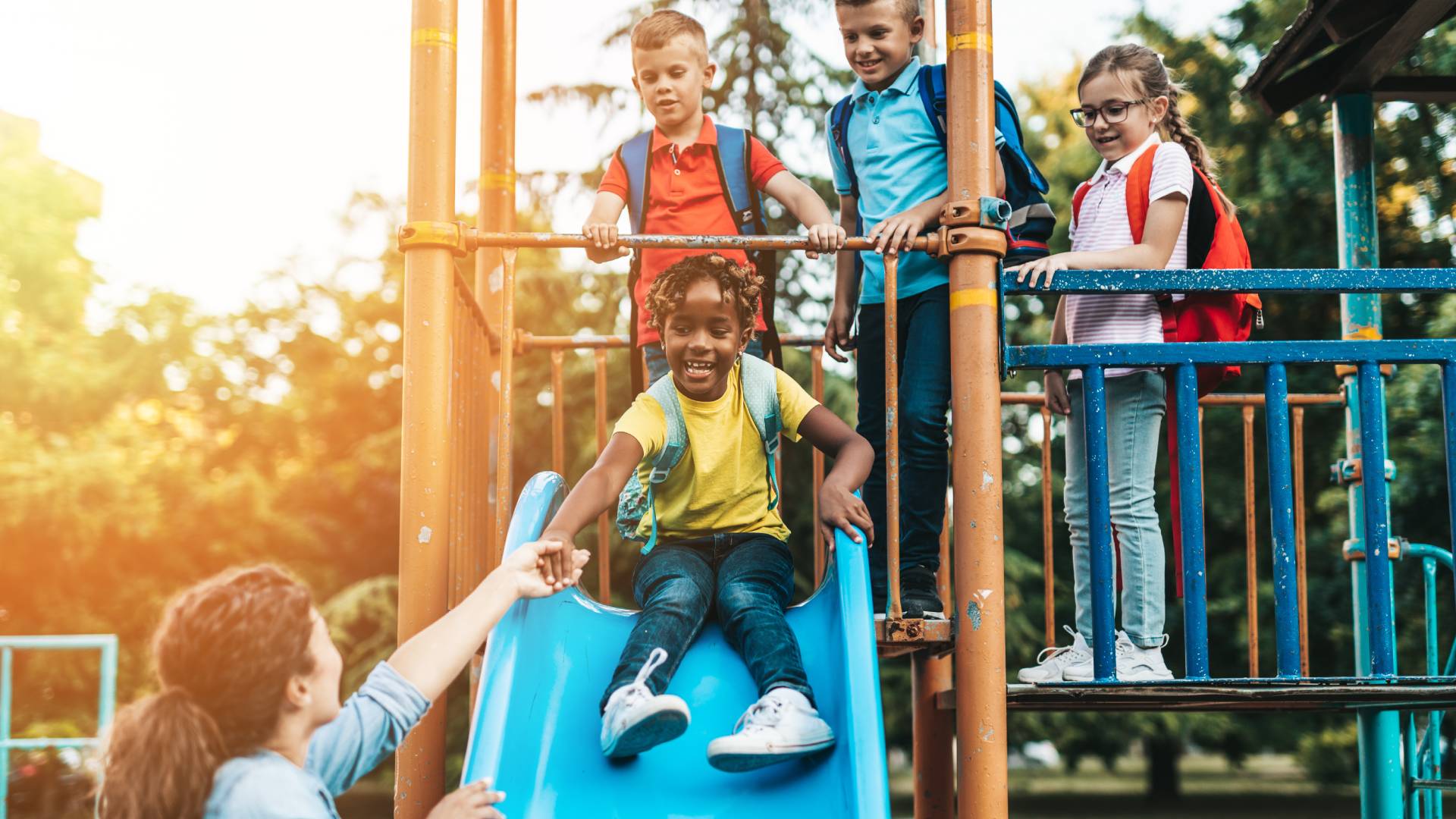Saquiba Aziz, Garin Bulger, Tracy P. Glova, Will Harrison, Shaun Moran, Maggie-Leigh O’Neill
Homelessness persists in America in every state. On a single night in January 2020, 580,466 people were identified as experiencing homelessness, which is representative of the nation’s yearly count. During that same period, New Jersey identified 13,929 students experiencing homelessness. Experiencing homelessness as a child not only affects educational outcomes but one’s mental and physical health as well.
The McKinney-Vento Homeless Assistance Act dictates care for youth experiencing homelessness in the United States. It is managed by the U.S. Department of Education and administered by states and local school districts. This administrative structure enables three different levels of implementation.
To understand these dynamics, at the request of Monarch Housing Associates, graduate students at Rutgers University’s Bloustein School of Planning and Public Policy conducted an analysis of McKinney-Vento’s federal policies, as well as its state, county, and local implementation in the State of New Jersey. Comparatively, high- and low-ranking states per the State Index of Youth Homelessness were analyzed to understand policy mechanisms that prove successful in addressing the needs of children experiencing homelessness. From this analysis, policies were identified within high-performing states that could be implemented in New Jersey and Region III.

